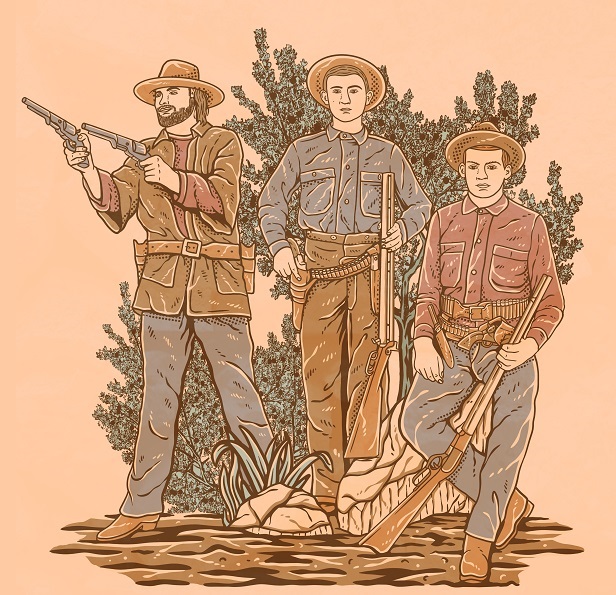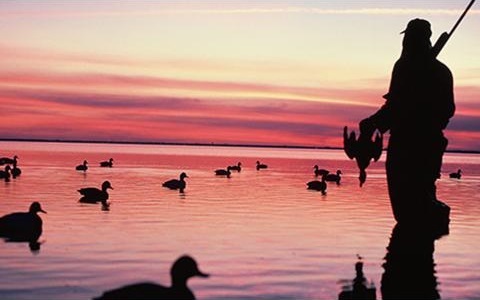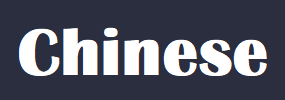Second Amendment
to the United States Constitution
the right to keep and bear arms . . . . .
Introduction
The Second Amendment (Amendment II) to the United States Constitution protects the right to keep and bear arms. It was ratified on Dec. 15, 1791, along with the nine other Articles of the Bill of Rights.
The Second Amendment reads: "A well regulated Militia, being necessary to the security of a free State, the right of the people to keep and bear Arms, shall not be infringed."

Since the adoption of the Second Amendment, its wording has created considerable debate regarding the Amendment's intended scope. Traditionally, many scholars point to the opening phrasing "a well regulated Militia" to argue that the Framers intended only to restrict Congress from enacting any legal barriers to a state's right to self-defense. Many people call this interpretation "the collective rights theory." A collective rights theory of the Second Amendment asserts that citizens do not have an individual right to possess guns. Hence, local, state, and federal legislative bodies do possess the authority to regulate firearms, and there is no violation of the Second Amendment in doing so.
In 1939 the U.S. Supreme Court considered this issue in United States v. Miller, 307 U.S. 174. In that case, the Court upheld the collective rights approach, determining that Congress could regulate a shotgun which moved in interstate commerce under the National Firearms Act of 1934. The Justices examined all available evidence but were unable to find that the shotgun "has some reasonable relationship to the preservation or efficiency of a well regulated militia . . . ." The Court then offered further explanation to show that the Framers included the Second Amendment to ensure the effectiveness of the military.
This precedent stood for nearly 70 years until 2008, when the U.S. Supreme Court revisited the issue in the case of District of Columbia v. Heller, 554 U.S. 570, where the Justices advanced different rationale, and held that the Second Amendment establishes an individual right for U.S. citizens to possess firearms.

Historical Analysis and Relevance to Taiwan
Militia refers to "civilians trained as soldiers but not part of the regular army," and is a form of military organization which began in the American colonies.
From the United States’ founding through the early 1900s, the United States maintained only a minimal army and relied on state militias, directly related to the earlier Colonial militias to supply the majority of its troops. As a result of the Spanish–American War, Congress was called upon to reform and regulate the training and qualification of state militias.
In 1903, with passage of the Dick Act, the states were required to divide their militias into various sections. The use of the terminology "National Guard" then gradually came into wide use.
Taiwan does not have any history of the establishment of militia, or the private ownership of arms, with the possible exception of some aboriginal groups which have engaged in the hunting of live game.
Beginning in the late 1890s, after the United States began extending its jurisdiction over certain overseas territories and other areas, as various cases came before the Supreme Court, some Justices advanced their views on which portions of Constitution and the Bill of Rights were applicable in these geographic localities based on the recognition of “fundamental rights.” Notably, up to the present time, no US Supreme Court Justices have ever expressed the opinion that Second Amendment rights are “fundamental” in any sense, and should apply in all areas under US administrative authority. Nor have there been any cases argued in the Supreme Court regarding the applicability of Second Amendment rights to US insular areas.
Conclusion: Clearly, in regard to U.S. insular areas, the regulation of guns and other lethal weapons is an issue which has been left subject to the determination of the local legislative bodies. Currently, Taiwan has strict laws on gun ownership, and it would be expected that such laws will remain in force. In the future, any changes in the rights of the Taiwanese people to bear arms would certainly require the support of the majority of the Taiwanese populace, as well as the approval of the US High Commissioner and other high-ranking U.S. military officials.
[English version] https://www.twdefense.info/trust3/secondamend.html
[Chinese version] https://www.twdefense.info/trust3/secondamendch.html
